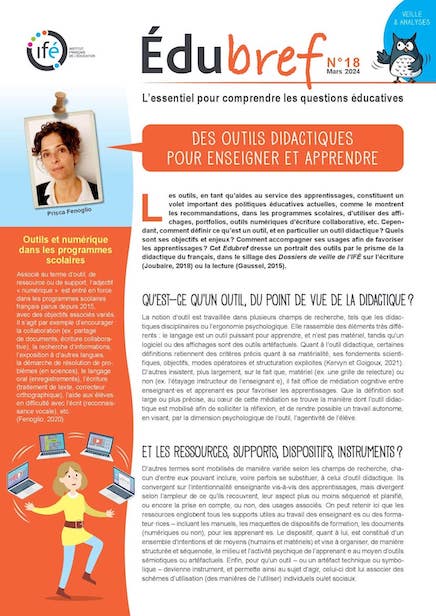Dropping out: the benefits and costs of trying university
Auteur(s) : Andrew Norton and Ittima Cherastidtham
Editeur(s) : Grattan Institute
Date : 04/2018
More than 50,000 students who started university in Australia this year will drop out. Not every incomplete degree amounts to a waste of time and money. A Grattan Institute online survey of students who dropped out reveals many found their course interesting, learned useful skills and made new friends. More than 40 per cent said they would enrol again if they had their time over.
But there are costs of dropping out. On average, students pay $12,000 for their incomplete course. They miss out on the additional lifetime earnings that university graduates typically receive. The time they spent at university could have been used working or studying at TAFE. And the online survey shows that most people who drop out feel they have let themselves or others down.
Some factors that increase the risk of dropping out are foreseeable. People who study part-time are much more likely to drop out than full-time students. People who enrol in three or four subjects a year – half as many as a full-time student – have only about a 50 per cent chance of completing their course in eight years. Students who enrol full-time have about an 80 per cent chance.
School results are important. Students with ATARs below 60 are twice as likely to drop out of university as otherwise similar students with ATARs above 90.
Students in health courses are more likely to complete their course than students in IT or engineering courses. And people who study off-campus have a slightly higher risk of dropping out.
Governments and universities need to do more to alert prospective students to their risk factors. People planning to study part-time should be particularly warned. Universities should check that prospective part-timers have a credible plan to complete their course.
Once they accept students, universities have a responsibility to help them succeed – or, if things are not working out, universities should help students exit at least possible cost.
In the lead-up to the university ‘census date’ – the deadline for students to dis-enrol before they pay for their subjects – universities could send students a text message alert. And universities should do more to follow up on students who are not engaged with their studies, to get them back on track or encourage them to leave before they accrue a HELP debt.
Too many students drop out of Australia’s universities. Fewer would if we helped them to make better decisions.
The aim is not to reduce the number of drop-outs to zero: Australia makes it easy to try university, and some students will always decide it is not for them.
But Australia can and should aim to reduce the number of young people who leave university with nothing but debt and regret.
Télécharger le document : https://grattan.edu.au/.../904-dropping-out-the-benefits-and-costs-of-trying-university.pdf
mot(s) clé(s) : décrochage, enseignement supérieur














